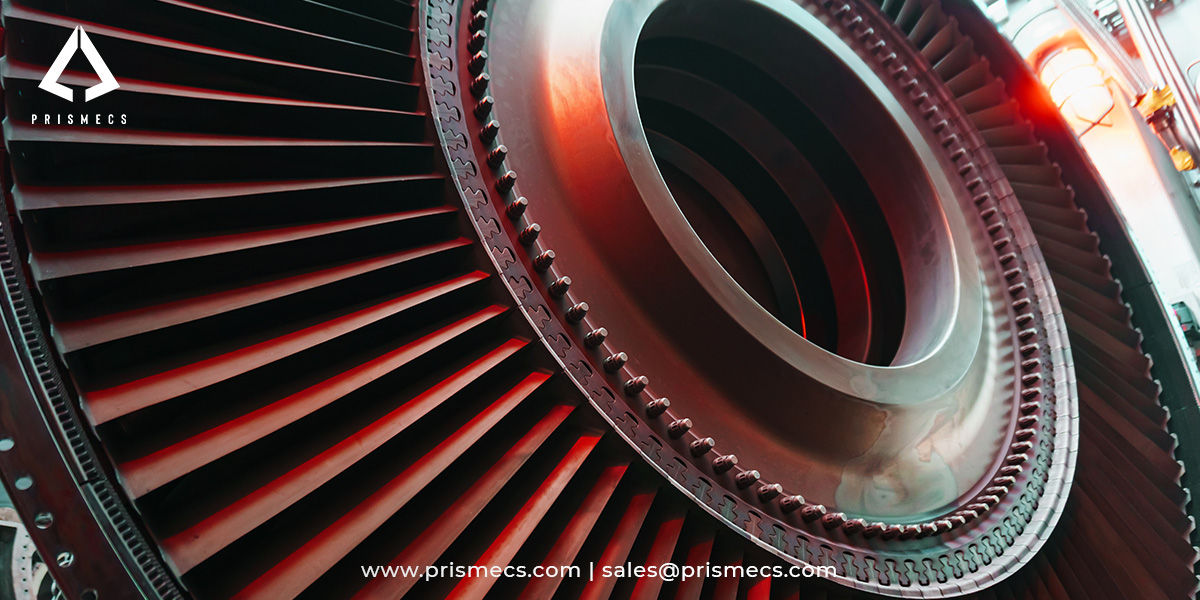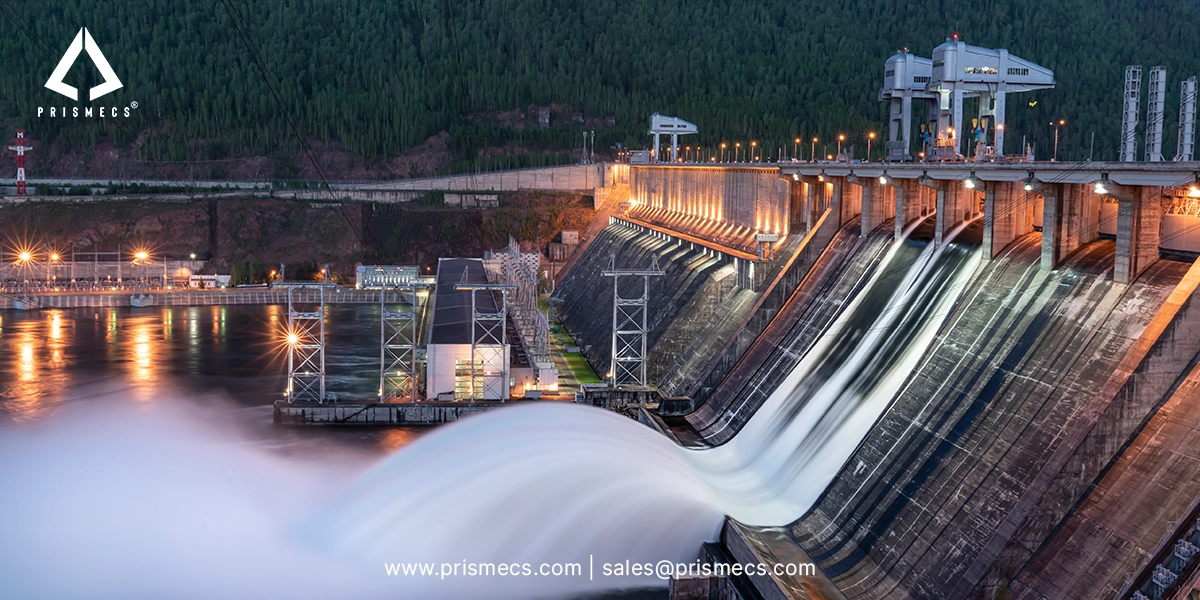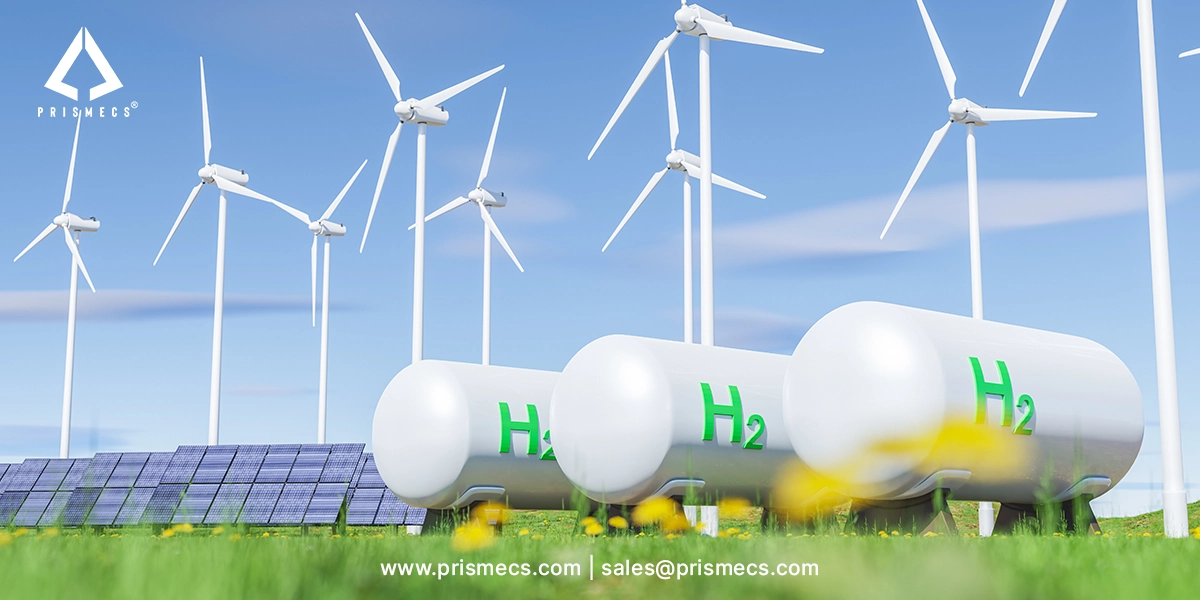
A turbine engine's gas systems are designed to incorporate pressure relief functionality, ensuring a relatively stable pressure level. The lubrication system operates as a full-flow type, where pressure varies in response to engine speed. Additionally, a total-loss lubrication system is employed in specific applications, such as short-duration operations, to target drones and missiles.
Large fan-type engines utilize comprehensive lubrication systems that integrate pressure relief mechanisms and full-flow lubrication to enhance performance and reliability.
A primary function of turbine engines' oil and gas system is to dissipate heat by circulating oil around the bearings, thereby preventing overheating and ensuring optimal operation.
Types of Lubrication Systems in Gas Turbine Engines
Gas turbine engines employ two types of lubrication systems:
Wet-Sump System
Oil is stored within the engine, ensuring adequate lubrication. The oil pump draws oil from the bottom of the pan and circulates it through the engine to reduce friction, maintain proper engine temperature, and ensure smooth operation.
Wet-sump systems are typically more compact and simpler to maintain than dry-sump systems, making them common in most standard internal combustion engines.
Dry-Sump System
In a dry-sump system, the engine oil is stored in an external tank, separate from the engine. This allows for better oil management and improved cooling efficiency.
This design allows for more efficient oil management. A series of pumps actively circulates and pressurizes the oil, ensuring consistent lubrication even under extreme conditions.
Components of a Gas Turbine Engine
Many components are part of a gas turbine engine, such as bearings: a lubricant supply system specifically lubricates a gas turbine engine. It includes a significant lubricant moving circuit and an auxiliary lubricant rotating circuit.
It ensures a sufficient lubricant supply to the lubricating chamber and chambers beneath all operating situations. The circulatory circuit is known as the engine start-up & for replenishing lubricant into the primary circuit during normal flight conditions.
The Role of Turbine Lubricating Oil in Engine Performance
The gas systems of a turbine engine also facilitate pressure relief, maintaining consistent pressure within the system. The lubrication system is a complete flow type, and oil pressure fluctuates based on engine speed. A total loss system is also used in short-duration applications such as targeting drones and missiles.
Large fan-type engines commonly use lubrication systems with pressure relief mechanisms and continuous flow systems. The engine lubricants in gas turbine systems primarily cool bearings by circulating oil around them, preventing excessive heat buildup.
Read More: How Gas Turbines Are Transforming the Future of Energy Production
Key Components of a Gas Turbine Engine’s Lubrication System
A turbine system relies on various components to ensure proper lubrication and optimized performance. Below are the critical parts of the lubrication system.
Oil Tank
Usually, it has an oil pump, scavenge & pressure inlet strainers, pressure outlet ports, and an oil filter. It also has mounting bosses for the oil pressure control and temperature bulb linkages.
A typical oil tank is developed to provide the turbine engine with plentiful oil during any operation. In a gas turbine engine, this process is completed by a swivel outlet assembly mounted on the inner side of the oil tank, a horizontal baffle mounted in the middle of the tank, and two flapper check valves fixed on the baffle.
All oil tanks have expansion space, which permits the oil to expand after the bearings and gears absorb the temperature. A few oil tanks also have a deaerator tray, which separates air from the petroleum returned to the upper side of the tank by the scavenger system.
Oil Pump
The oil pump is crucial for supplying oil under pressure to different turbine engine components. It also facilitates oil circulation through coolers before returning it to the oil tank.
Oil pumps may include pressure supply elements and scavenge components, especially in dry-sump systems. Some oil pumps have separate pumping components controlled by multiple shafts, ensuring efficient lubrication. The gear-type oil pump consists of a pressure oil section and a scavenging section to regulate oil distribution efficiently.
Turbine Oil Filters
Turbine oil filters are essential for removing contaminants from lubricating oil. They also prevent the wear of antifriction balls and roller bearings, ensuring the engine's high-performance operation.
Oil flows through the filter from the outer casing into the filter body. Filters trap impurities and are made of paper or stainless steel mesh. Laminated paper filters are replaceable, while metal mesh filters ensure durability.
Oil Pressure Relief Valve
The oil pressure relief valve prevents excessive pressure buildup within the turbine system. When pressure exceeds preset limits, it returns excess oil to the oil pump's inlet side.
This component is critical in turbines with integrated oil coolers, preventing damage to the cooler’s thin-walled construction. The relief valve helps maintain optimal oil pressure for optimized performance.
Conclusive Remarks
Here, we have discussed the major components of the lubrication system of gas turbine engines and provided all the essential information about the process. Prismecs is a platform that can deliver all kinds of oilfield and gas-related services.
We provide strategic global markets for operations with essential maintenance requirements. Our strong supply chain is responsive to the gas turbine engine parts, repair, and manufacturing, reducing downtime in E&P environments. You can contact us for any turbine engine-related services. To avail of our services, call us at +1 (888) 774-7632 or email us at sales@prismecs.com.
Tags: Wet Sump Lubrication System Lubrication System Of An Engine Engine Lubrication System Tank Turbine Engine Tank Turbine How Does The Lubrication System Work Lubricating System In Engine
recent posts

Renewables
5 minutes read
How Renewable Energy Systems Work Efficiently
Discover how renewable energy systems work efficiently to provide affordable, zero carbon energy, overcome storage challenges, and power for a sustain...

I and C Services
7 minutes read
Expert Commissioning Services for Safe, Efficient Operations
Learn how expert commissioning services support safe, efficient, and reliable energy operations across complex industrial and power systems.

Green Hydrogen
7 minutes read
Green Hydrogen Plant Technology Guide
Discover how a green hydrogen plant works, its key technologies, and its role in clean energy. Explore solutions for scalable, carbon-free hydrogen pr...

EPC Services
7 minutes read
EPC Power: From Design to Delivery of Reliable Energy System
Discover how EPC power solutions streamline design to delivery, ensuring reliable, efficient, and future-ready energy systems in one integrated proces...